I created a poll on Facebook the other day, a playful dichotomy of choice purely for the sake of provoking thought. It started some good conversations, mostly behind the scenes as people seemed hesitant to make a public stand one way or another. I am grateful to those who responded to the poll, engaged in conversation, or just stopped scrolling long enough to consider the question.
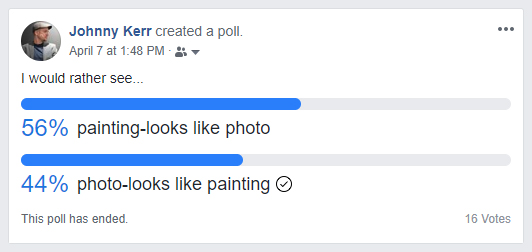
To be clear, it was indeed a false dichotomy I proposed. I see this sort of arbitrary, binary thinking at play all the time in the art world: Critics who insist on defining parameters for what is “high-brow” versus “low-brow” art; Painters who hold their medium in high esteem but turn their noses down at photography as a “lesser” medium; Photographers who don’t appreciate art outside their own medium. Heck, even within photography circles we can’t agree on film vs. digital, what counts as “manipulation” or how much of it is allowed before it is considered graphic art and not photography… the list of sanctimonious rules and standards goes on.
Of course we all have personal taste, and that’s not a bad thing. Certain artists, mediums or genres will naturally resonate with us more than others. I was not trying to lure poll participants into a “gotcha” moment where I turn around and shame them for giving an opinion that I solicited. I was genuinely curious to see how people would respond when given limited options. My goal was to hold up a mirror as a means of beginning a more nuanced discussion.
For the record, I also participated by forcing myself to choose one of the two extremes (I voted the latter… on a different day, who knows?). Honestly, I was a little surprised the poll was as close as it was. I expected a larger majority to choose the first option, thus proving it is always a good idea to start any discourse with questions instead of assumptions.
Labels: The Good And The Bad
Labels and constraints within the art world can be useful for context and learning, but are limited even in those roles. Many of us tend to hold on to them too rigidly, as if our map is the territory. Some throw labels around like poisoned darts, valuing and de-valuing works or entire mediums or genres based on subjective personal criteria.
Much of the same can be said for constraints. It can be valuable for artists to work within a specific set of limitations for a period of time to focus or challenge ourselves. It is less useful to turn around and impose those same limitations on every other artist within our genre or medium.
For example, the Straight Photography movement of the early 20th century was a necessary and needed revolution against Pictorialism. It helped legitimize photography as an art medium in its own right, insisting that photographers did not need to use soft-focus lenses or disguise their prints using painterly techniques, masking the inherent technical capabilities of their camera, for their photographs to be valid artistic expressions.
In their time, the labels and constraints that helped define the Straight movement were necessary to break away from the reigning tide of Pictorialism. However, almost a hundred years later, many are still trying to police the post-production practices of photographers based on remnants of the Straight mindset, often to a higher standard than Edward Weston himself (an early Straight pioneer) would have held his own processes to. The once useful labels of Pictorialism and Straight Photography are now merely extremes on a giant spectrum valid art expressions. They should be understood as such.
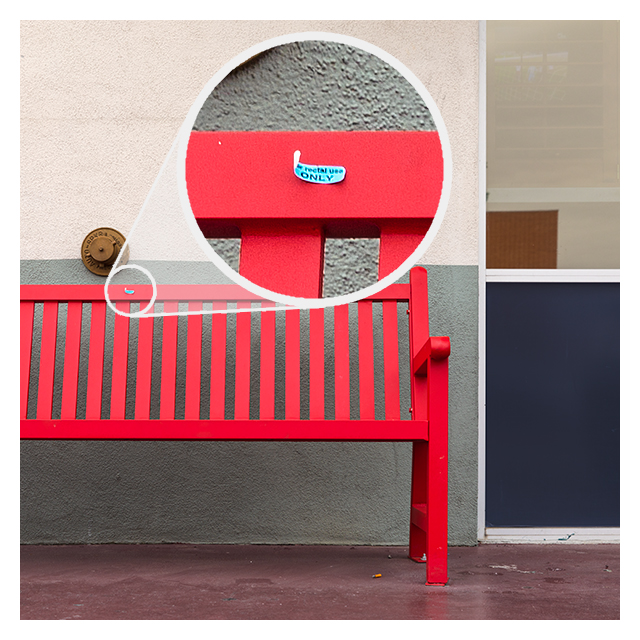
Beyond Labels
But I’m not only talking to art makers here. This is just as relevant to art appreciators and consumers. Much like the political echo chambers currently plaguing our culture, limiting the art we are exposed to means we are cutting ourselves off from experiences that might challenge and potentially enrich us. Art is about much more than picking colors that match the couch. Art can stretch us, teach us, open our eyes. When given the chance, art has the potential to send the viewer away changed, or, at the very least, wondering.
For these reasons, I’d like to encourage people not to use labels, tradition, personal standards, or any other criteria to narrowly define the way they engage with art… or permit others to.
We can certainly have our personal tastes and preferences. But we should remain mindful of our subjectivity. Don’t be too quick to dismiss art you don’t like or perhaps don’t understand. Allow your experience with art to go beyond the binary choice of “like” or “don’t like.” Sit with it. Let it make you uncomfortable. Be curious. Be willing to give it the chance to speak to you.
I’ll leave you with two examples of the extremes proposed in my poll (a photorealistic painting and a painterly photograph), both of which I find lovely. These artists are both currently living and working in Arizona. See the captions for artist details. Consider following and supporting these artists. Let them show you something you haven’t seen before. Give yourself permission to wonder without making a judgement call.
Be free.
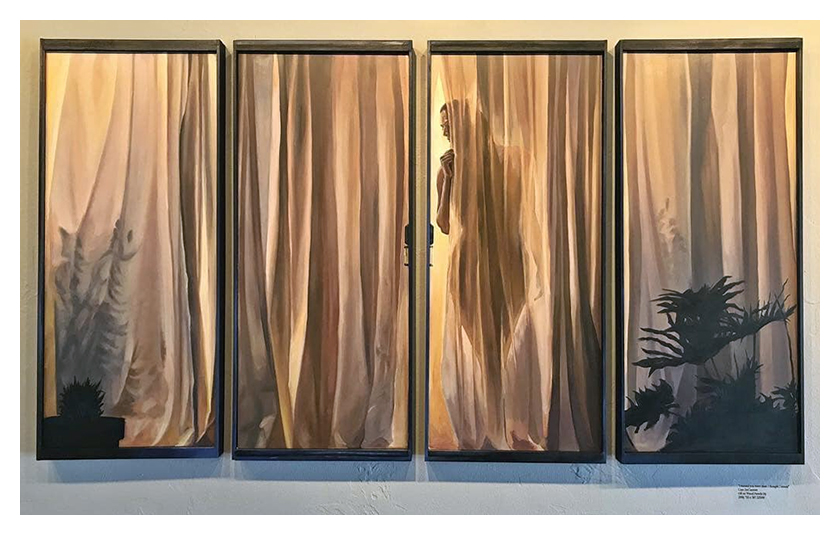
I missed you more than I thought I would / Cam DeCaussin, 2019
Oil on Wood Panels (4), 55”x 30”
Currently featured in “Observation & Imagination” at Royse Contemporary through 4/27/19
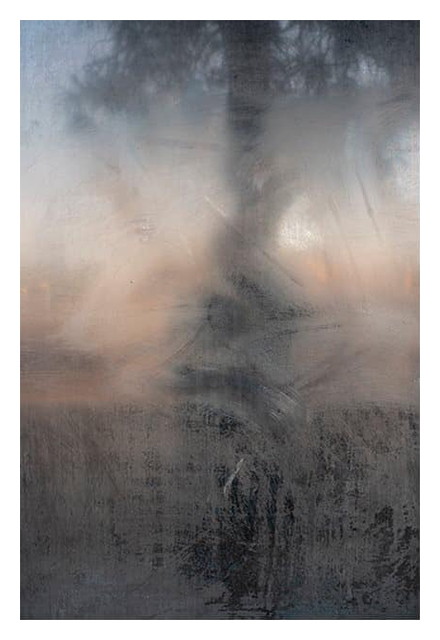
Digital Photography
Joseph just completed his most recent exhibition called
Acts of Looking at Stockton University Art Gallery
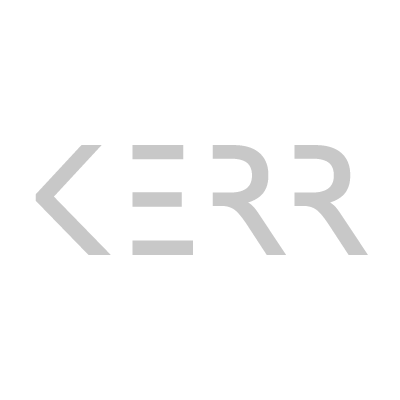

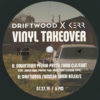
Comment